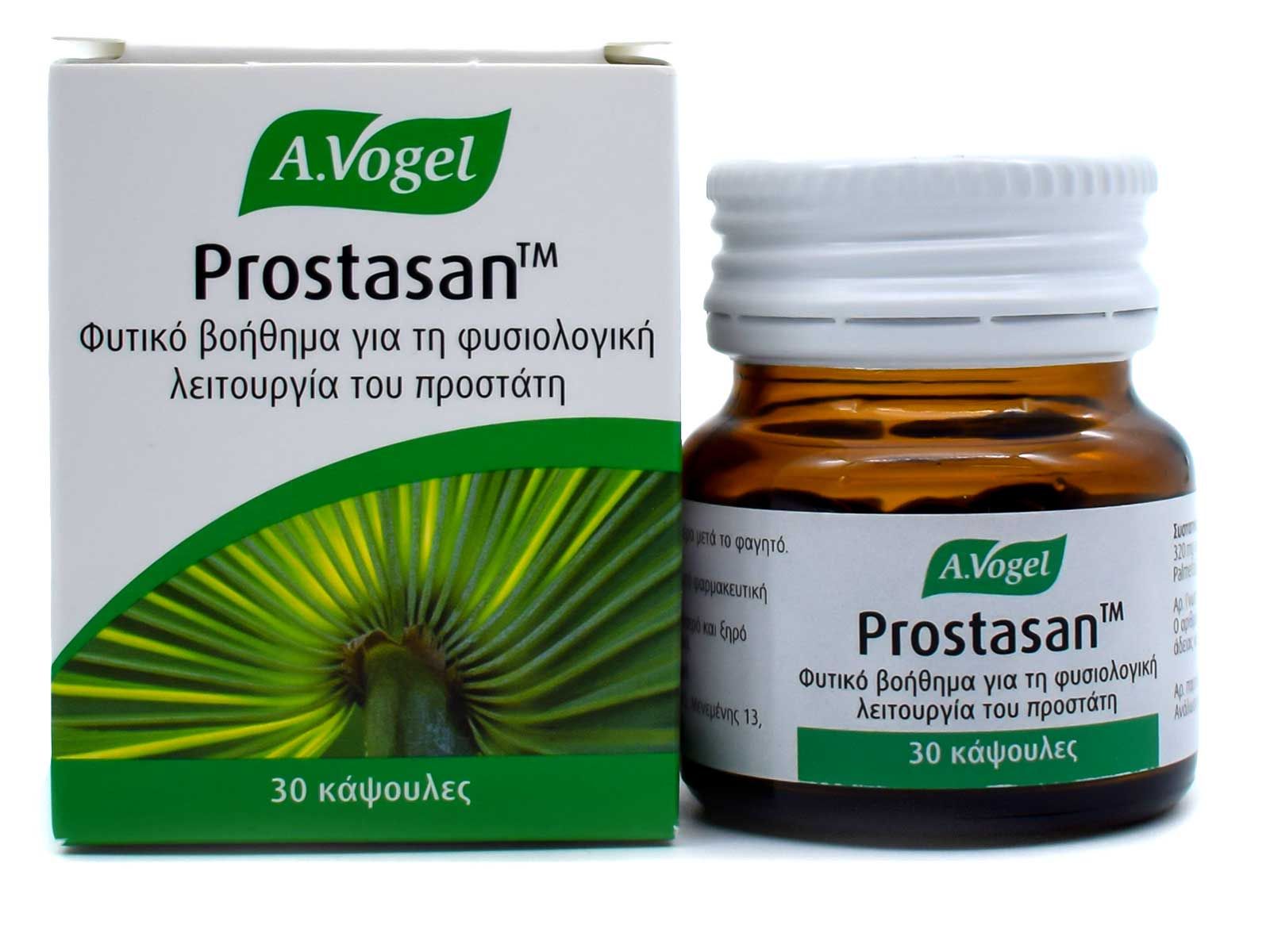Building muscle is a journey that combines proper exercise, nutrition, and recovery. Whether you’re a beginner or an experienced fitness enthusiast, understanding the science of muscle growth can help you maximize results. In this comprehensive WellHealth guide, we’ll explore practical strategies, effective workouts, and dietary tips to help you achieve your muscle-building goals.
What Does It Take to Build Muscle?
Muscle growth, or hypertrophy, occurs when your muscles repair and rebuild after being stressed through resistance training. To build muscle, you need three key components:
- Progressive Overload: Gradually increasing the resistance or intensity of your workouts.
- Proper Nutrition: Consuming the right balance of protein, carbohydrates, and fats.
- Recovery: Allowing time for your muscles to repair and grow stronger.
Step 1: Understanding Muscle Growth
The Science of Hypertrophy
Hypertrophy is triggered when your muscle fibers undergo micro-tears during exercise. These tears are muscle-building repaired by your body during rest, resulting in stronger and larger muscles. Key hormones like testosterone, growth hormone, and insulin-like growth factor (IGF-1) play a crucial role in this process.
Factors Influencing Muscle Growth
- Genetics: Your muscle growth potential is partly influenced by your genetic makeup.
- Training Consistency: Regular workouts are essential to see consistent progress.
- Diet and Recovery: Nutrition and rest are as important as training.
Step 2: Creating an Effective Workout Plan
1. Resistance Training
Weightlifting is the cornerstone of muscle building. Focus on compound exercises like:
- Squats
- Deadlifts
- Bench Press
- Pull-Ups
These exercises engage multiple muscle groups, maximizing growth.
2. Reps, Sets, and Volume
For hypertrophy:
- Aim for 8–12 reps per set.
- Perform 3–4 sets per exercise.
- Train each muscle group 2–3 times per week.
3. Progressive Overload
To stimulate muscle growth, gradually increase the weight, reps, or intensity of your exercises over time.
4. Rest Between Sets
Rest for 60–90 seconds between sets to optimize muscle recovery and maintain intensity.
Step 3: Nutrition for Muscle Growth
1. Protein: The Building Block of Muscles
Consume 1.6–2.2 grams of protein per kilogram of body weight daily. High-quality protein sources include:
- Chicken, turkey, and lean beef.
- Fish like salmon and tuna.
- Eggs, Greek yogurt, and cottage cheese.
- Plant-based options like lentils, quinoa, and tofu.
2. Carbohydrates: Fuel for Performance
Carbs provide the energy needed for intense workouts. Opt for complex carbs like:
- Brown rice and quinoa.
- Sweet potatoes.
- Whole grains and oats.
3. Healthy Fats
Fats support hormone production, which is vital for muscle growth. Include:
- Avocados.
- Nuts and seeds.
- Olive oil and fatty fish.
4. Hydration
Staying hydrated is crucial for optimal performance and recovery. Aim for at least 2–3 liters of water per day, and more if you’re sweating heavily.
Step 4: Recovery and Rest
1. Importance of Sleep
Muscles repair and grow during sleep. Aim for 7–9 hours of quality sleep per night.
2. Active Recovery
Incorporate light activities like yoga, stretching, or walking on rest days to improve blood circulation and reduce soreness.
3. Avoid Overtraining
Overtraining can lead to fatigue and injury. Listen to your body and take rest days when needed.
Common Mistakes to Avoid
- Neglecting Form: Poor form increases the risk of injury and reduces effectiveness.
- Skipping Warm-Ups and Cool-Downs: Always prepare your muscles for exercise and cool them down afterward.
- Ignoring Nutrition: Without proper nutrition, your muscles won’t grow, no matter how hard you train.
- Over-Reliance on Supplements: Supplements are helpful but should not replace a balanced diet.
Supplements for Muscle Building
While whole foods should be your primary focus, supplements can enhance your progress:
- Whey Protein: Convenient for meeting protein requirements.
- Creatine: Improves strength and endurance.
- Branched-Chain Amino Acids (BCAAs): Helps reduce muscle soreness.
- Omega-3 Fatty Acids: Supports recovery and reduces inflammation.
FAQs
What is the fastest way to build muscle?
Combine resistance training with progressive overload, consume sufficient protein, and prioritize recovery through rest and sleep.
How WellHealth often muscle-building should I train to build muscle?
Train each muscle group 2–3 times per week, allowing at least 48 hours of rest between sessions.
Do I need to lift heavy weights to build muscle?
While heavy weights can be effective, lighter weights with higher reps can also stimulate muscle growth when performed to fatigue.
Can I build muscle without supplements?
Yes, a balanced diet with adequate protein, carbs, and fats is sufficient for muscle growth. Supplements are optional.
How long does WellHealth Muscle it take to see results?
Visible muscle growth typically takes 8–12 weeks of consistent training and nutrition.
What role does age play in muscle building?
Muscle growth is possible at any age, though it may take longer as you age due to reduced hormone levels and slower recovery.
Conclusion
Building muscle requires dedication, proper planning, and a combination of effective training, nutrition, and recovery. By following the strategies outlined in this WellHealth guide, you can optimize your muscle-building journey and achieve your fitness goals.











